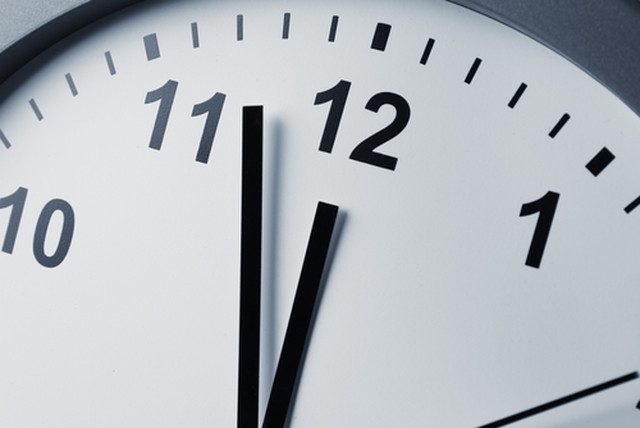SUMMARY
This is AI generated summarization, which may have errors. For context, always refer to the full article.

MANILA, Philippines – Those who regret how time flies can look forward to June 30, 2015 – a day that will be one second longer than usual.
According to the National Aeronautics and Space Administration (NASA), June 30 will have an extra second or “leap” second because of a gradual slowing down of the Earth’s rotation.
Leap seconds are added by experts at NASA to make up for differences between two internationally-accepted time standards due to a gradual slowing down of the Earth’s rotation.
A normal day lasts 86,400 seconds based on the time standard, Coordinated Universal Time or UTC. But this time standard uses “extremely predictable electromagnetic transitions in the atoms of a cesium” to determine the duration of one second, reads a Eureka Alert post.
Another way of measuring the length of a day is by measuring the average time it takes for the Earth to complete one rotation, a measurement called “mean solar day.” The mean solar day is about 86,400.002 seconds long.
The extra 2 milliseconds, or two thousandths of a second, is due to a “braking force caused by the gravitational tug of war” between the Earth, sun, and moon.
Less than a blink of an eye, it doesn’t seem like much, but repeat it every day for a whole year and the milliseconds add up to almost a second.
Mean solar day, measured by scientists using a special technique, is the basis for another time standard called Universal Time 1 or UT1.
When the Earth’s rotation slows down, the time standards UT1 and UTC, become out of sync from one another. That’s where leap seconds come in. They are added “to keep the two time standards within 0.9 seconds of each other.”
The International Earth Rotation and Reference Systems Service decides when to add leap seconds.
Usually, a leap second is added on either June 30 or December 31. When this happens, the clock will move from 23:59:59 to 23:59:60, and then to 00:00:00 on July 1. This is different from how clocks usually operate: moving from 23:59:59 straight to 00:00:00 the next day.
Hard to predict
The tricky thing about leap seconds is scientists can’t predict when one will have to be added. It’s easy to see how this confused computer systems in the past and sparked calls to abandon leap seconds.
There have been fewer instances of leap seconds having to be added in recent years.
When leap seconds were first implemented in 1972, they were added once every year on average until 1999. In comparison, the leap second on June 30 will only be the 4th leap second added since 2000.
Scientists don’t know why this is the case. Geological events like earthquakes and volcanic eruptions can affect the Earth’s rotation but there could be other reasons.
NASA is developing a new system to more accurately measure the Earth’s rotation. Despite these developments, there are proposals to abolish the leap second. A decision on this by the United Nations is not expected until late 2015 at the earliest. – Rappler.com
Clock face image via Shutterstock
Add a comment
How does this make you feel?
There are no comments yet. Add your comment to start the conversation.